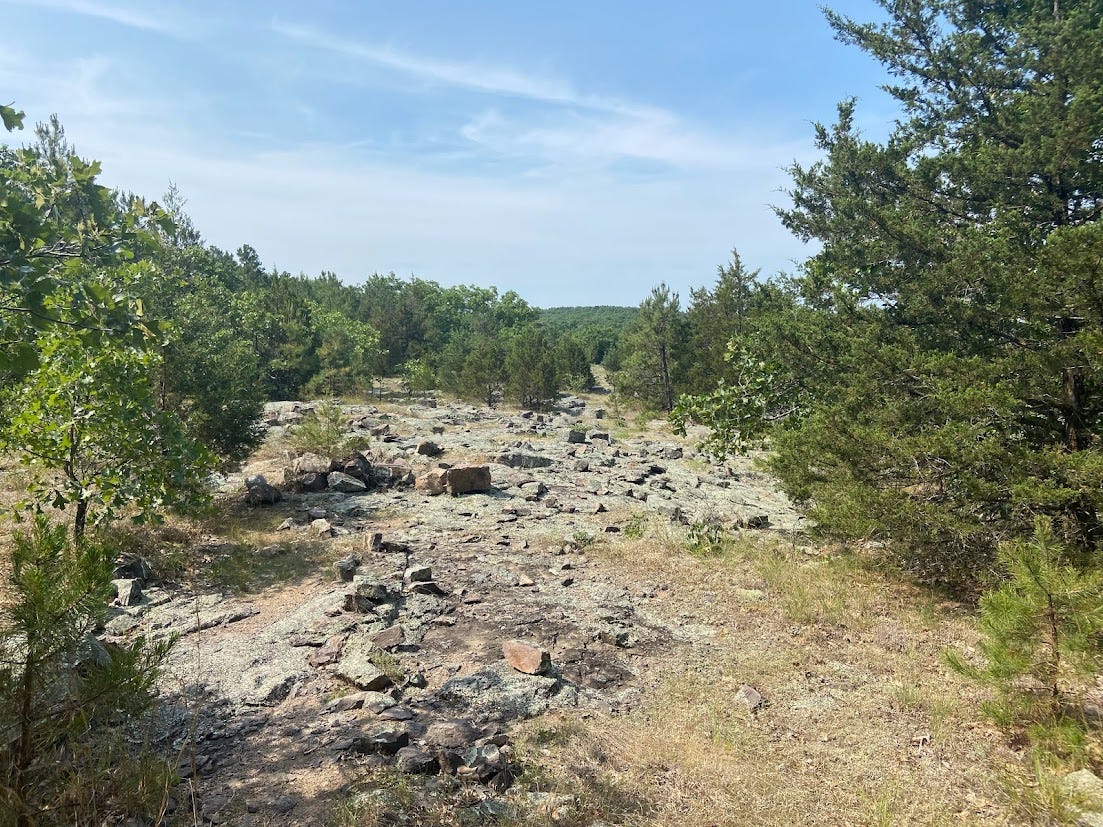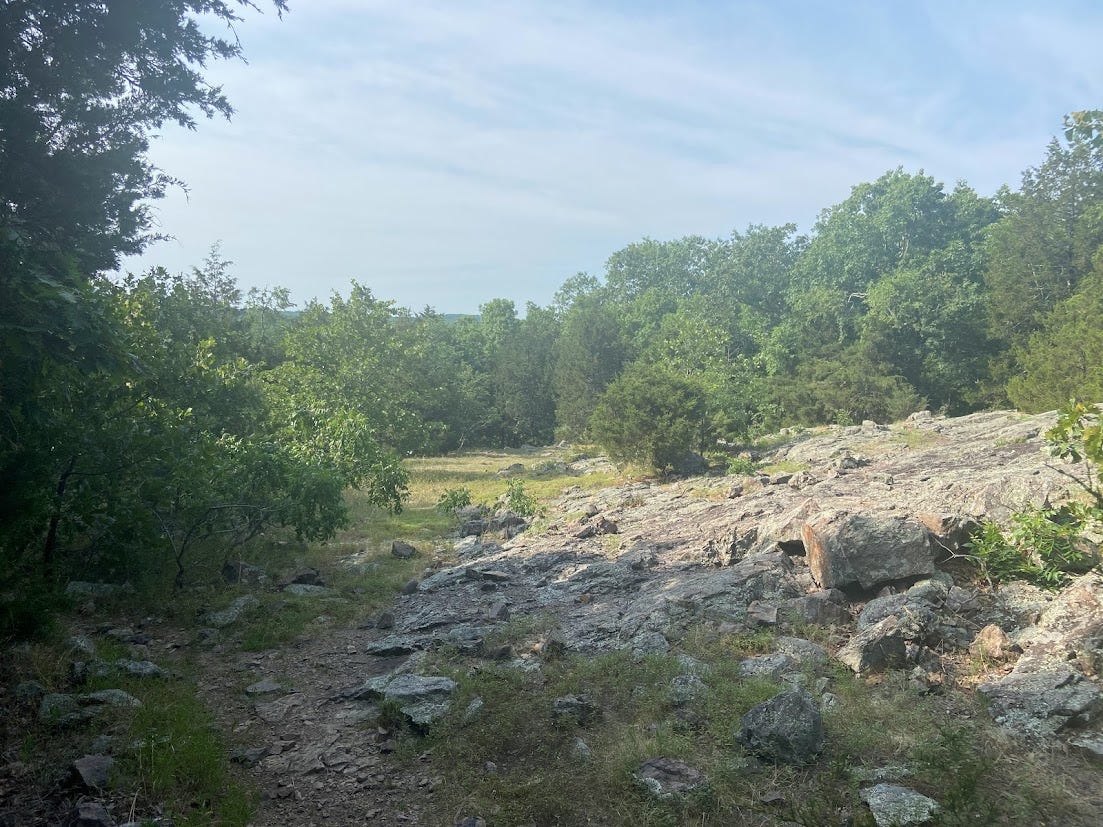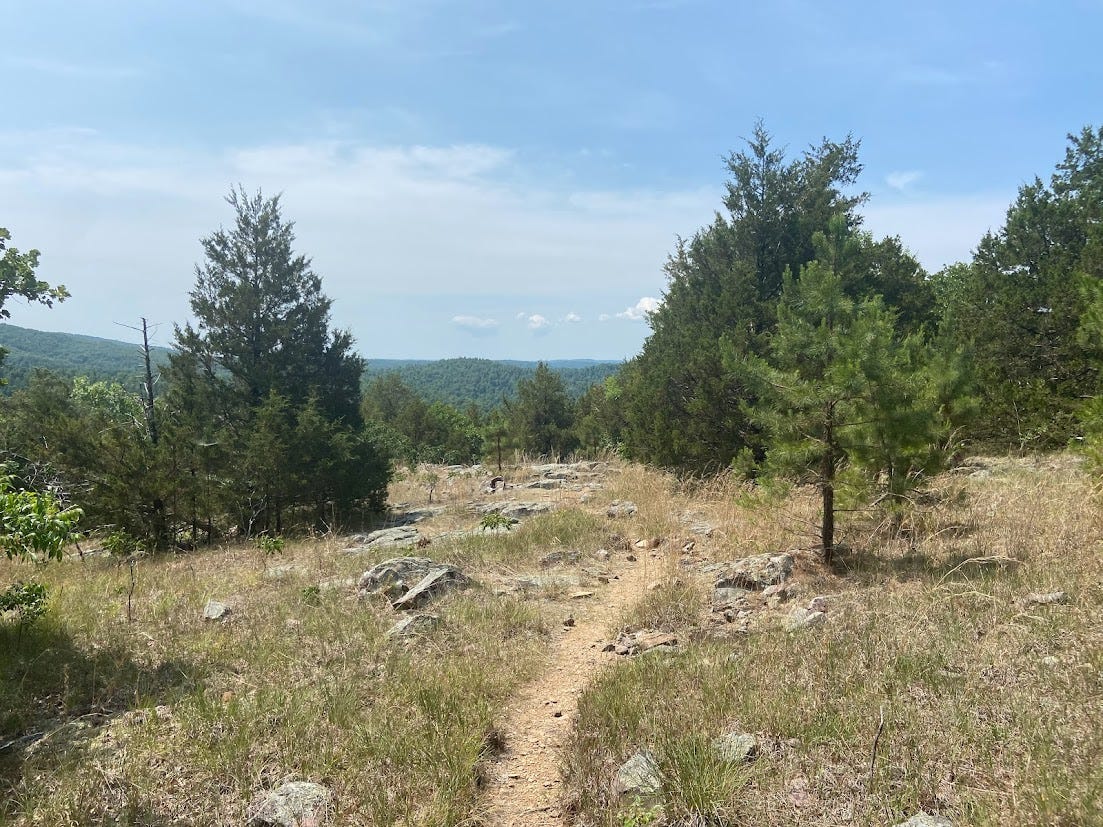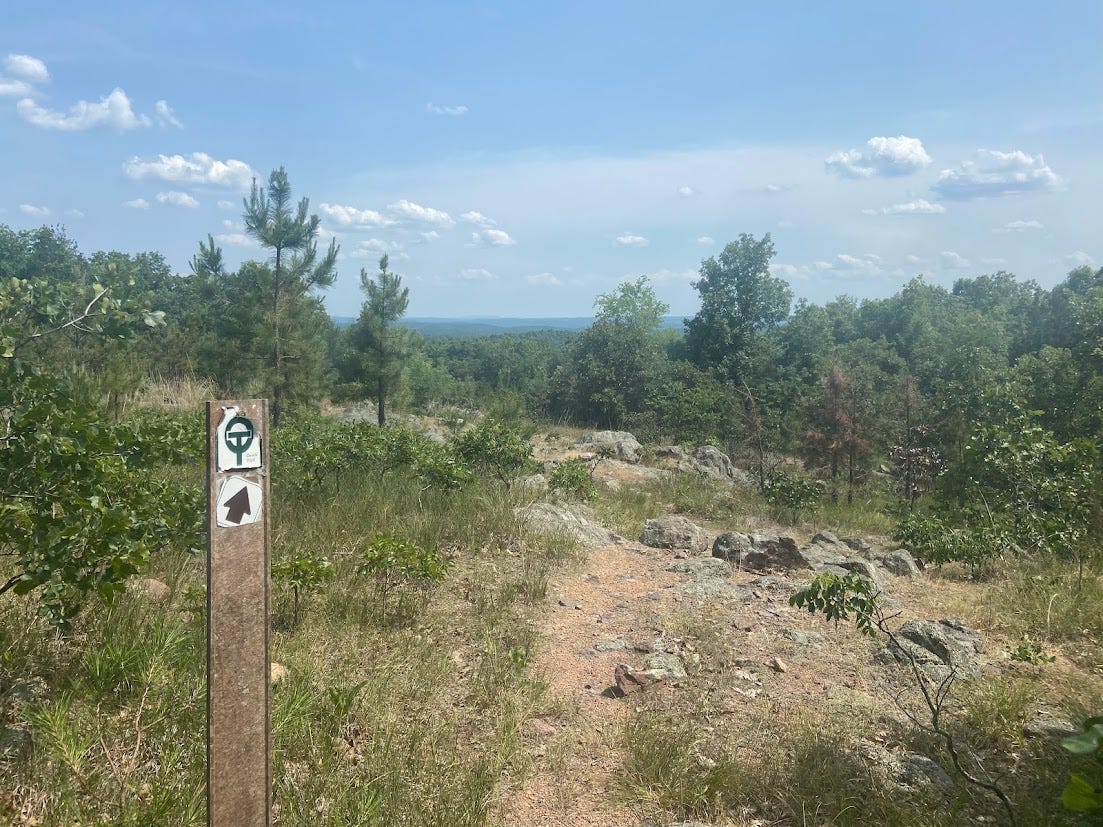sweaty summer heat and I have beef
a rant about body image issues and inclusivity in outdoor spaces
My body and I have a very tumultuous relationship.
For years, I have compared myself to others. I have tried desperately to starve and lose enough weight to finally feel happy in my skin. I have purged countless times after eating something I deemed “unhealthy.” I have worn clothes way too big for my frame to hide how I looked. The shame and hatred run deep within me. It’s been this way since my adolescence, and it continues to rear its ugly head even in my late twenties.
Callie Hikes is a reader-supported publication.
You can help by liking or commenting on this post, subscribing (paid or free), or Buying Me A Coffee below!
Things have improved, though.
I have learned how to fuel my body well despite the disdain I feel for it. I have stopped punishing myself for how I look. I have been in therapy to sort through my disordered thoughts and regularly use coping skills when I have negative body image days. I also have experienced moments where I see myself in a more neutral way, which is my ultimate goal.
Even so, the hatred for my body still impacts me on a regular basis, especially when engaging in outdoor recreational pursuits. While the spring has been full of storms and plenty of what I consider “perfect running weather days,” the Midwest is now entering its humid era, where it’s normal to sweat as soon as you walk outside. While I got away with wearing long-sleeves and sweatshirts in May, because of the heat, I’ve been thrust into shorts and tank top season.
For people with body image issues, these abrupt transitions can be difficult. Suddenly, I’m showing off more skin and it feels overwhelming. Before a short day hike last week, I pilfered through my drawer of synthetic tech-tees. After trying on all of my shirts and slamming the moisture-wicking fabric on the carpet floor in frustration, I sat on my bed to think. None of my shirts felt okay enough to wear. All of them triggered negative body image thoughts.
My choice was to either throw on an oversized cotton shirt and overheat on the trail or wear the synthetic option and feel uncomfortable the entire hike. I sighed deeply, my head in my hands. How the heck am I supposed to survive the summer if I don’t have anything safe to hike or run in?
Body image is complex
When at a treatment center for my eating disorder, it was often said by the therapists that healing negative body image was the last, but most frustrating part of recovery. In my experience, this is true. I’m at the point where urges to purge or restrict are minimal, depending on depression symptoms or stressful life situations. I live my life eating intuitively and making sure my outdoor endurance endeavors are fueled appropriately, but on top of that, my body image issues cling to me like glue. The biggest reason for this? I think it’s because I am still feeding these thoughts through repetitive self-deprecating behaviors.
According to my phone’s screen time data, Instagram is my most-used app. I can’t help it, okay. The quick dopamine rush is addictive as I scroll anytime I feel an ounce of boredom. While I follow most accounts that send positive messages and outdoorsy influencers that show themselves in beautiful places, it is so incredibly easy to see unrealistic body standards being portrayed. With my brain naturally falling into the comparison trap, I end up consuming images that instantly make me feel self-conscious about how my body looks.
While the body positivity movement has helped society understand more about how important inclusivity is, the outdoor industry in particular hasn’t jumped on board as much as it could have. Take Patagonia, for example. When I worked at a local gear shop as an outfitter, Patagonia was the most popular brand we carried. Their clothes are made from sustainable materials and high-quality fabrics that any hiker or runner would swoon over. However, many women-identifying individuals who model their clothes in promotional signs and on their websites are a size small.
This is because Patagonia and other outdoor brands favor the “stereotypical endurance athlete” look. Women who have tiny breasts and waists, who are typically white and cisgender, and who are thin and can easily find their size represented in stores. Only producing these types of images for customers is extremely problematic because most women do not look this way and will never look this way in their entire lives. It only encourages comparison, disordered eating, and people to strive toward unattainable body standards that aren’t healthy for them.
I hike, backpack, and run outside regularly. I have breasts that move a lot. I have thighs that touch. I have a stomach that has rolls when I bend or sit down. I am not the smallest version of myself. My size medium Patagonia tech-tees are tight on me. My psychiatrist’s voice telling me that my antidepressants cause weight gain over time whispers in the back of my brain as I pick and prod at the soft parts of myself. I would be lying if I said these things don’t bother me.
What can be done?
For one, it would be great if prominent outdoor gear brands included a more diverse portfolio of models. It would also help if the clothes they sold had more inclusive sizing options. While I follow a plethora of outdoor influencers on Instagram, not many speak up about hiking or trail running-related body image issues consistently. I think there also needs to be more athletes supported who don’t fit the “stereotypical endurance athlete” look. The majority of outdoor shoe and clothing brands represent people who perform at a high level and who are almost always straight-sized.
These solutions are all for structural issues, but what can someone like me do on an individual level to help soothe their body image issues? Not staying silent on this topic is very important to both educate and validate the experiences of others. I also think taking away the power of the comparison trap can help as well. This can look like physically tailoring my social media feed to reduce body checking. It can also involve journaling or exploring some of the persistent negative thoughts that come in.
Sample questions to ponder
What feelings come up as I compare my body to others? How does this hinder my outdoor experiences?
Write down a few thoughts that come up when you think about your body and how it looks. Is there an emotion connected to each thought? Is there an underlying fear associated with the emotion?
Think about all the ways in which your body helps you explore the world and navigate various terrain. Does putting this into perspective shift how you view your body?
What are some things you like about your body? What are some things you feel neutral about regarding your body? How does this relate to on trail activities?
Write a letter to your body. Then, read it back to yourself. Is there anything that surprised you?
For now, I’m trying to wear my tech-tees whenever I hike or run so that my mind and body can get used to them again. But it hasn’t been easy. With each stride, I pull my shirt away from my body to hide my chest and stomach. No matter what I do, I still feel overly aware of how my body moves with each step. On days when my tolerance for negative body image thoughts is super low, I simply throw on my trusty old, oversized cotton shirt to get me through. Even if it is the hottest and least technical choice, I have to go with what feels safe sometimes. And that’s okay. Sometimes the best thing you can do is know when to push yourself and when to give yourself grace.
I can only hope that one day things will be better.
Thanks for reading!
See you out on the trail!









